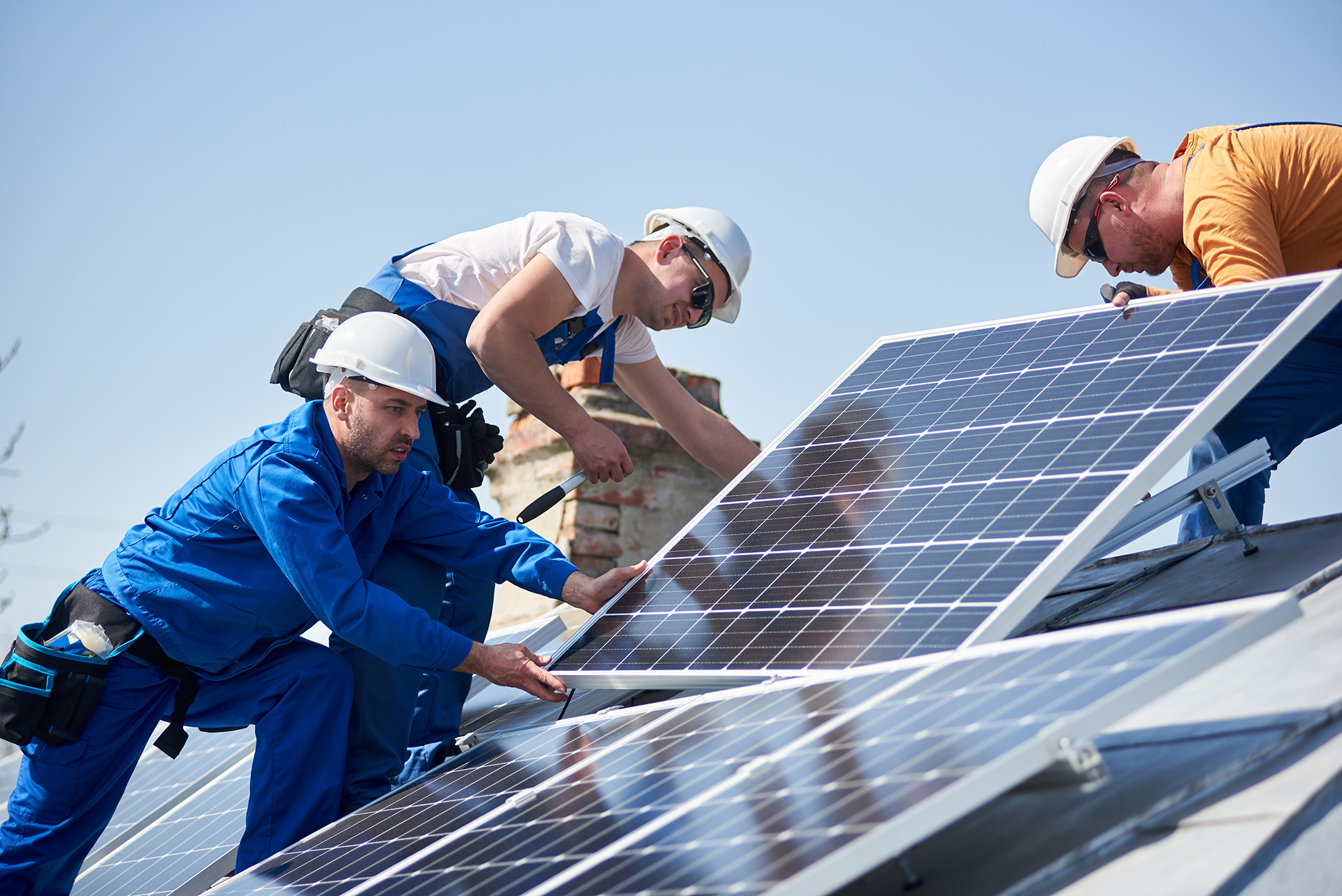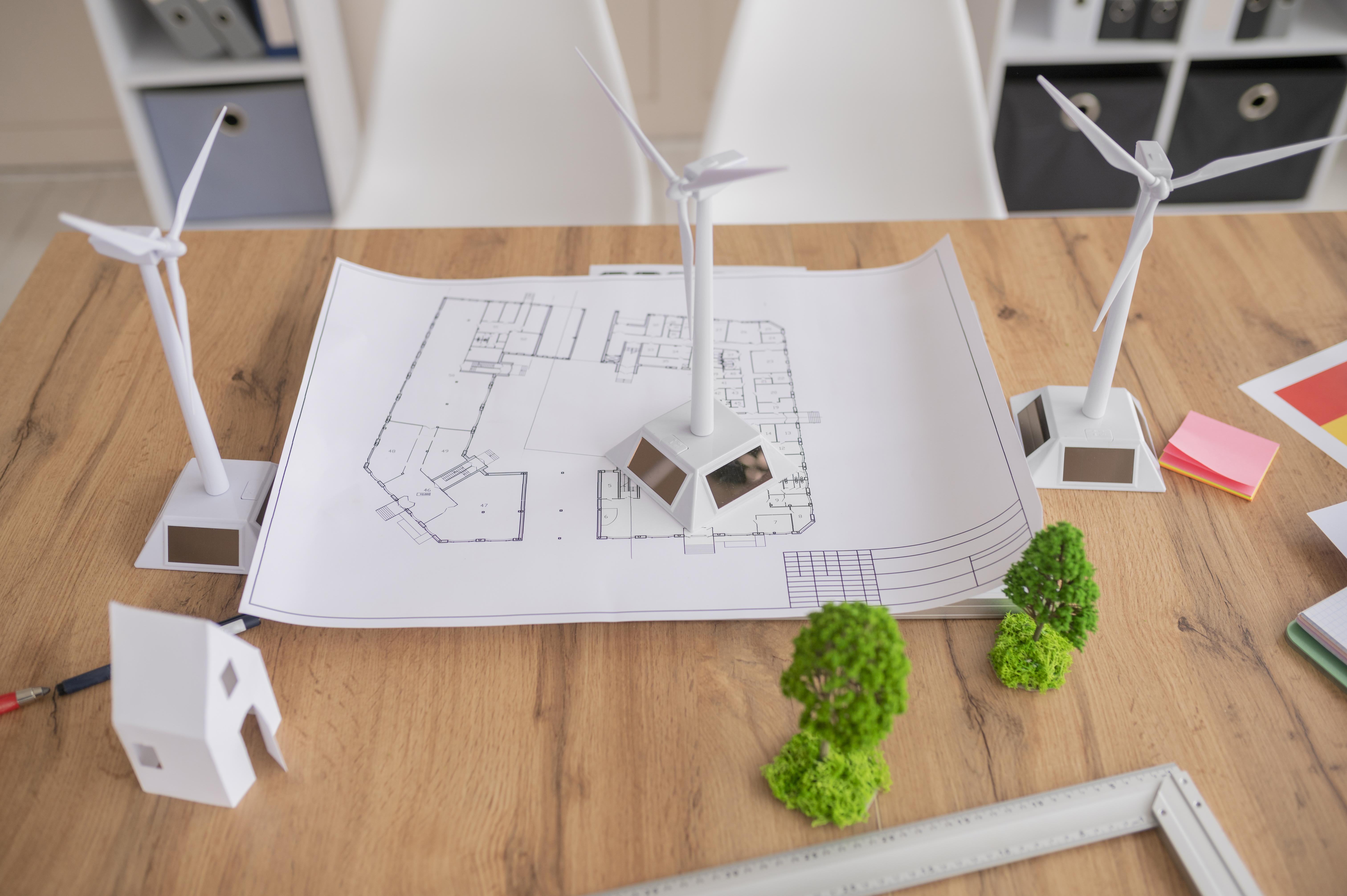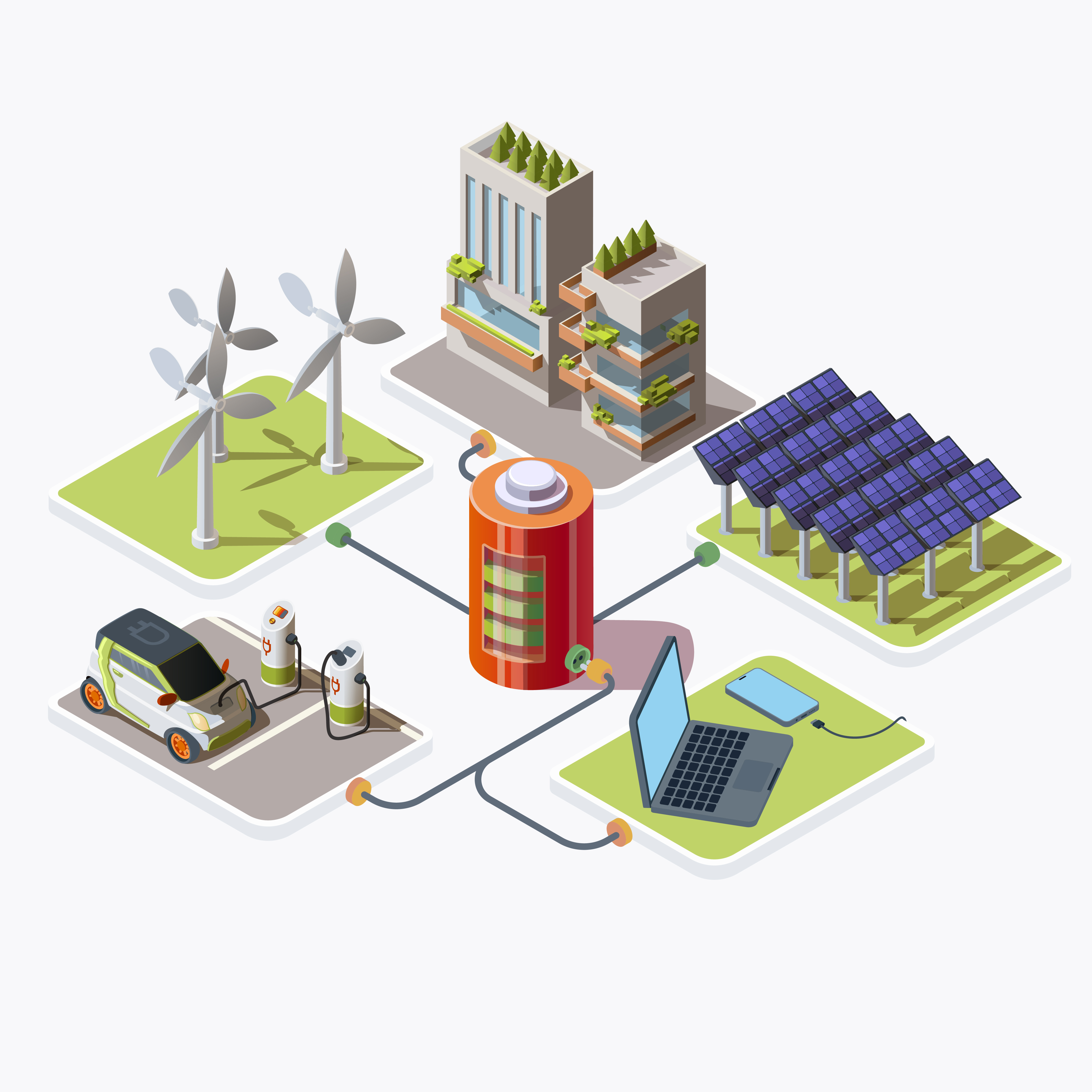Table of Contents
ToggleIntroduction
In today’s world, the quest for sustainable and renewable energy sources has become paramount. Among the various options available, solar energy stands out as a promising solution to our energy needs. Harnessing the power of sunlight, solar energy offers a multitude of benefits, but it also comes with its own set of challenges. In this article, we delve into the pros and cons of solar energy, providing a comprehensive analysis of its strengths and limitations.
Pros of Solar Energy
Solar energy is derived from the sun, a virtually limitless source of power. Unlike fossil fuels, which are finite and depleting, sunlight is abundant and will continue to be available for billions of years to come. The potential for solar energy generation is virtually limitless. With advancements in technology, we can harness solar power more efficiently and effectively, ensuring a constant supply of clean energy for generations to come.
One of the most significant advantages of solar energy is its ability to reduce greenhouse gas emissions. Unlike traditional energy sources like coal and natural gas, solar power generation produces minimal to no emissions, helping to mitigate climate change and air pollution.
Solar energy production does not involve the burning of fossil fuels, which means it doesn’t release harmful pollutants into the air or water. By transitioning to solar power, we can significantly reduce our impact on the environment and protect precious natural resources. In recent years, the cost of solar technology has plummeted, making it increasingly affordable for homeowners, businesses, and governments alike. As advancements continue and economies of scale are realized, solar energy is becoming one of the most cost-effective sources of electricity.
By investing in solar panels, consumers can significantly reduce or even eliminate their electricity bills. Once the initial investment is recouped, the electricity generated by solar panels is essentially free, providing long-term savings and financial stability.
Low Maintenance
Solar panels require very little maintenance compared to traditional power generation systems. With no moving parts and a simple design, solar panels can last for decades with minimal upkeep, reducing operational costs and hassle for consumers. Most solar panels come with warranties of 25 years or more, indicating their durability and longevity. With proper care and maintenance, solar panels can continue to generate electricity efficiently for 30 years or more, providing a reliable source of clean energy for years to come.
One of the primary barriers to solar energy adoption is the high initial cost of installation. While the price of solar panels has decreased significantly in recent years, the upfront investment required for solar power systems can still be prohibitive for some consumers.
Despite the long-term savings on electricity bills, the payback period for solar energy systems can vary depending on factors such as location, system size, and energy usage. In some cases, it may take several years to recoup the initial investment, which can deter potential adopters.
Intermittent Energy Source
Solar energy is inherently dependent on sunlight, which means its availability fluctuates throughout the day and across seasons. Cloud cover, shade, and inclement weather can all affect the efficiency of solar panels, leading to periods of reduced or zero energy generation. To overcome the intermittency of solar energy, storage solutions such as batteries are required to store excess energy generated during peak sunlight hours for use during periods of low or no sunlight. However, battery storage systems can add significant costs to solar installations and may not always be feasible for all consumers.
Large-scale solar power plants require vast amounts of land for installation, which can have implications for land use and local ecosystems. In densely populated areas, finding suitable land for solar projects can be challenging and may lead to conflicts over land use. The development of solar energy infrastructure can have unintended consequences for local ecosystems, including habitat disruption, loss of biodiversity, and changes to water and soil quality. Balancing the need for renewable energy with environmental conservation is essential to mitigate these impacts.
Variability by Location
The effectiveness of solar energy generation is influenced by geographical factors such as latitude, climate, and weather patterns. While solar power is viable in many regions, its efficiency may vary significantly depending on local conditions, limiting its widespread adoption in certain areas. Solar energy may not be equally viable in all regions due to differences in sunlight intensity and availability. Areas with limited sunlight or frequent cloud cover may not be suitable for solar power generation, posing challenges for global energy transition efforts.
Conclusion
In conclusion, solar energy offers a plethora of benefits as a clean, renewable, and sustainable source of power. From reducing greenhouse gas emissions to providing long-term cost savings, the advantages of solar energy are undeniable. However, it’s essential to acknowledge the challenges and limitations associated with solar power, including high upfront costs, intermittency, land use issues, and geographic variability. As we strive to transition towards a more sustainable energy future, it’s crucial to weigh the pros and cons of solar energy carefully and implement strategies to maximize its benefits while mitigating its drawbacks. By investing in technological innovation, supporting policy incentives, and fostering community engagement, we can harness the full potential of solar energy and pave the way towards a cleaner, greener future for generations to come.
FAQs
What are the main advantages of using solar energy?
Solar energy offers several benefits, including:
It’s a renewable and sustainable energy source, as sunlight is abundant and inexhaustible.
It helps reduce greenhouse gas emissions and air pollution, making it environmentally friendly.
Solar power can lead to long-term cost savings on electricity bills, especially as technology advances and installation costs decrease.
Solar panels require minimal maintenance and have a long lifespan, providing a reliable source of clean energy.
What are the disadvantages of solar energy?
Despite its many advantages, solar energy also has some drawbacks:
High upfront costs for installation can be a barrier for some consumers.
Solar power generation is intermittent and depends on sunlight availability, which may not always align with energy demand.
Large-scale solar installations require significant land use, potentially impacting ecosystems and biodiversity.
The effectiveness of solar energy varies by location, with some regions having less sunlight intensity or availability than others.
How long does it take for solar panels to pay for themselves?
The payback period for solar panels depends on factors such as system size, location, energy usage, and local incentives. On average, it can take anywhere from 5 to 20 years to recoup the initial investment through electricity savings. However, with falling installation costs and rising energy prices, the payback period is decreasing, making solar energy more financially viable for many consumers.
Are there any government incentives or rebates available for installing solar panels?
Yes, many governments offer incentives and rebates to encourage the adoption of solar energy. These incentives vary by country and region but may include tax credits, grants, rebates, and net metering programs. Additionally, some utility companies offer incentives for installing solar panels or feed-in tariffs for excess energy generated.
What happens to solar energy production during cloudy days or at night?
Solar energy production decreases during cloudy days or at night when sunlight is not available. To overcome this challenge, solar power systems can be equipped with battery storage solutions to store excess energy generated during sunny periods for use when sunlight is limited. Additionally, grid-connected solar installations can draw electricity from the grid when needed, ensuring a continuous power supply even when solar production is low.







